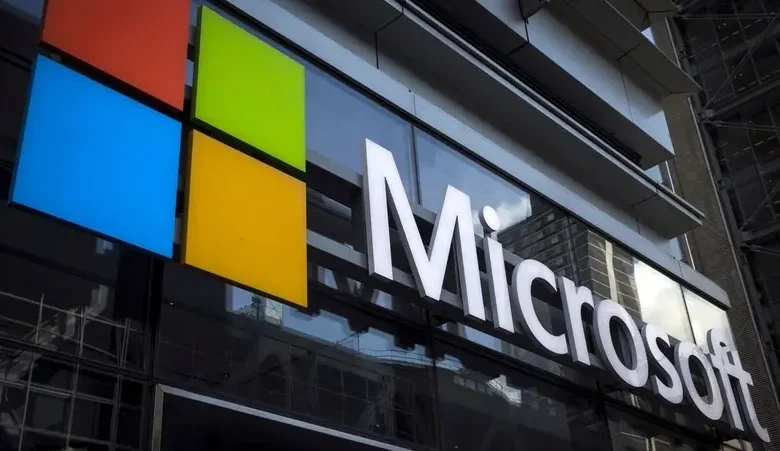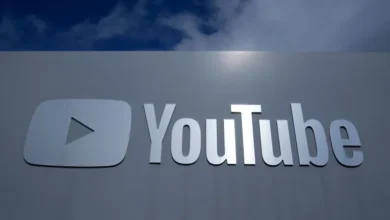Microsoft applies AI powers behind ChatGPT to Outlook, Excel

Microsoft pressed on with its AI revolution on Thursday, announcing that it would apply the powers behind ChatGPT to its iconic Excel, Word and Outlook programs.
The Redmond, Washington giant has been swiftly adopting language-based AI, showing less caution than its rivals despite early problems such as chatbots giving disturbing responses or blatantly inaccurate information.
Microsoft’s latest chatbot, called Copilot, will put ChatGPT-like abilities to work in offices, churning out meeting transcripts, calendar entries or PowerPoint slides almost instantaneously.
The thrust of the new release is that generative AI, the term for ChatGPT style capabilities, will function as an assistant for users of Microsoft’s popular workplace software and not unilaterally take over office tasks.
“You could say we’ve been using AI on autopilot and with this next generation of AI, we are moving from autopilot to copilot,” Microsoft CEO Satya Nadella said at a virtual release event.
Microsoft is pouring billions of dollars into OpenAI, the company that is building the technology that powers ChatGPT and that released its latest version, GPT-4, on Tuesday.
That technology, which OpenAI says can be prompted by images as well as text, is already the foundation of a chatbot on Microsoft’s Bing search engine that is gaining more users thanks to the embrace of AI.
Other tech giants are taking a more cautious approach to generative AI, afraid of the embarrassment that comes when the technology goes off the rails.
Google’s cloud computing arm said this week that it will provide testers with ways to “infuse generative AI” into apps or put them to work on the internet titan’s own platform.
Meta CEO Mark Zuckerberg said last month that the Facebook and Instagram parent company was creating a product group to come up with ways to “turbocharge” their AI work.










